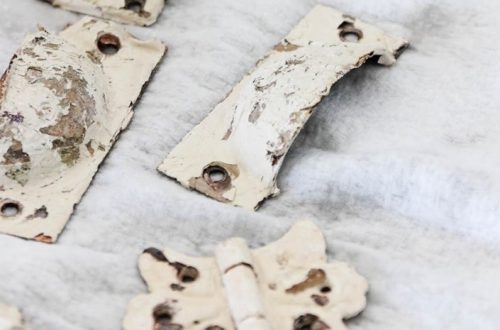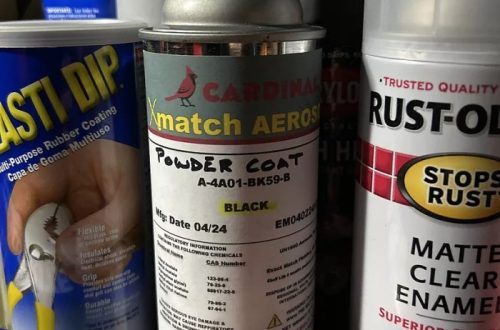Salt, a vital component of our daily lives, is primarily derived from seawater. While large-scale production utilizes sophisticated industrial processes, extracting salt at home using a small beaker is a fascinating and educational experiment. This article explores two effective methods for achieving this: Evaporation and Freezing.
Part 1: Evaporation

Evaporation stands out as the simplest and most commonly used method for extracting salt from seawater. This extraction method leverages the fundamental principle that water evaporates at a lower temperature than salt, allowing for the separation of the two substances. During the evaporation process, saltwater is heated, causing the water to transition from its liquid state to gas, leaving the salt crystals behind. This principle is based on the fact that water molecules have a lower boiling point compared to salt molecules. As the water evaporates, the salt gradually precipitates, eventually forming salt crystals. This method is widely employed due to its simplicity and effectiveness, making it applicable for large-scale salt production, particularly in arid areas with access to abundant seawater. The extracted salt can be further processed and purified, catering to various industrial and culinary applications. Here’s a breakdown of the process in two key steps:
Evaporation:
- Fill a clean beaker with seawater. The amount can be adjusted based on the beaker‘s capacity and desired salt yield.
- Place the beaker on a heat source, such as a stovetop or hotplate. Ensure the heat is controlled to prevent rapid boiling and splashing.
- As the water evaporates, the salt concentration in the remaining liquid increases. Continue heating until the water level significantly reduces, leaving a concentrated brine solution.
Crystallization:

- Once the water level is sufficiently low, remove the beaker from the heat source and allow the solution to cool completely.
- As the solution cools, the dissolved salt reaches its saturation point and begins to precipitate out of the solution, forming salt crystals.
- Carefully pour off the remaining liquid, leaving behind the salt crystals in the beaker.
Part 2: Freezing
While less commonly utilized than evaporation, freezing presents an alternative approach to salt extraction. This method capitalizes on the distinct freezing points of water and salt. When seawater is subjected to freezing conditions, the temperature drop causes the water to freeze and form ice, thus separating it from the salt. Since salt doesn’t freeze at the same temperature as water, it remains in a liquid state, allowing for its separation from the ice. The process involves the crystallization of ice, which pushes the dissolved salts out, resulting in their separation. While not as widely used as evaporation, freezing serves as a viable method for salt extraction in regions with cold climates, and it can also be employed as a supplementary technique alongside evaporation. Furthermore, freezing makes it possible to obtain high-quality salt, with resulting crystals often characterized by their purity and unique texture, making this method valuable for certain industries and culinary applications. Here’s the process in two key steps:
Freezing:
- Fill a clean beaker with seawater. Similar to evaporation, the amount can be adjusted based on the beaker’s capacity.
- Place the beaker in a freezer and allow the seawater to freeze completely.
- As the water freezes, it forms ice crystals, leaving the dissolved salt concentrated in the unfrozen pockets of brine.
Separation:
- Once the seawater is frozen solid, remove the beaker from the freezer and allow it to partially thaw.
- The ice crystals will melt first, leaving behind a concentrated brine solution containing the dissolved salt.
- Carefully pour out the melted ice water, leaving the concentrated brine solution in the beaker.
- Repeat the freezing and thawing process several times to further concentrate the brine solution.
Part 3: Considerations and Tips
Both methods presented have their advantages and limitations:

Evaporation:
- Advantages: Simple setup, readily available equipment.
- Limitations: Requires significant energy input for heating, slower process compared to freezing.
Freezing:
- Advantages: Lower energy consumption, faster salt extraction.
- Limitations: Requires access to a freezer, repeated freezing and thawing cycles can be time-consuming.
Here are some additional tips for maximizing salt yield:
- Monitor the concentration: During evaporation, observe the remaining liquid for signs of salt precipitation. When crystals start forming, it’s nearing completion.
- Use clean tools: Ensure all equipment used is clean and free of contaminants to avoid impurities in the extracted salt.
- Safety precautions: When using a stovetop or hotplate, exercise caution to prevent burns or spills.
Part 4: Applications and Further Exploration

The salt extracted from these methods may not be suitable for direct consumption due to potential impurities such as sediment and other contaminants. However, the salt extraction process from seawater is a valuable learning experience. It provides insights into the principles of physical and chemical separation techniques, as well as an understanding of the properties of salt and water. Additionally, the extraction process can offer educational benefits, as it allows for the study of the physical properties of salt, the behavior of solutions under different environmental conditions, and the influence of temperature on phase changes. Furthermore, it offers an opportunity to explore the environmental implications of salt production and the importance of sustainable practices in the extraction of natural resources. Here are some ways to utilize the extracted salt:
- Educational purposes: The process allows for a visual demonstration of salt extraction and the principles of evaporation or freezing.
- Scientific experiments: You can use the extracted salt in further experiments to explore its chemical properties and reactions.
- Creative uses: You can use the salt crystals for decorative purposes or small-scale salting projects.

Extracting salt from seawater using a small beaker serves as a practical and deeply engaging method to comprehend fundamental scientific principles. Throughout the experimentation with both evaporation and freezing methods, individuals gain valuable insights into the process and develop an appreciation for the ingenuity behind large-scale salt production. Engaging in these activities allows for a hands-on understanding of the principles of phase changes, as well as the differences in freezing and boiling points of water and salt. This provides an opportunity to explore the concept of solubility and the physical properties of salt and water.


